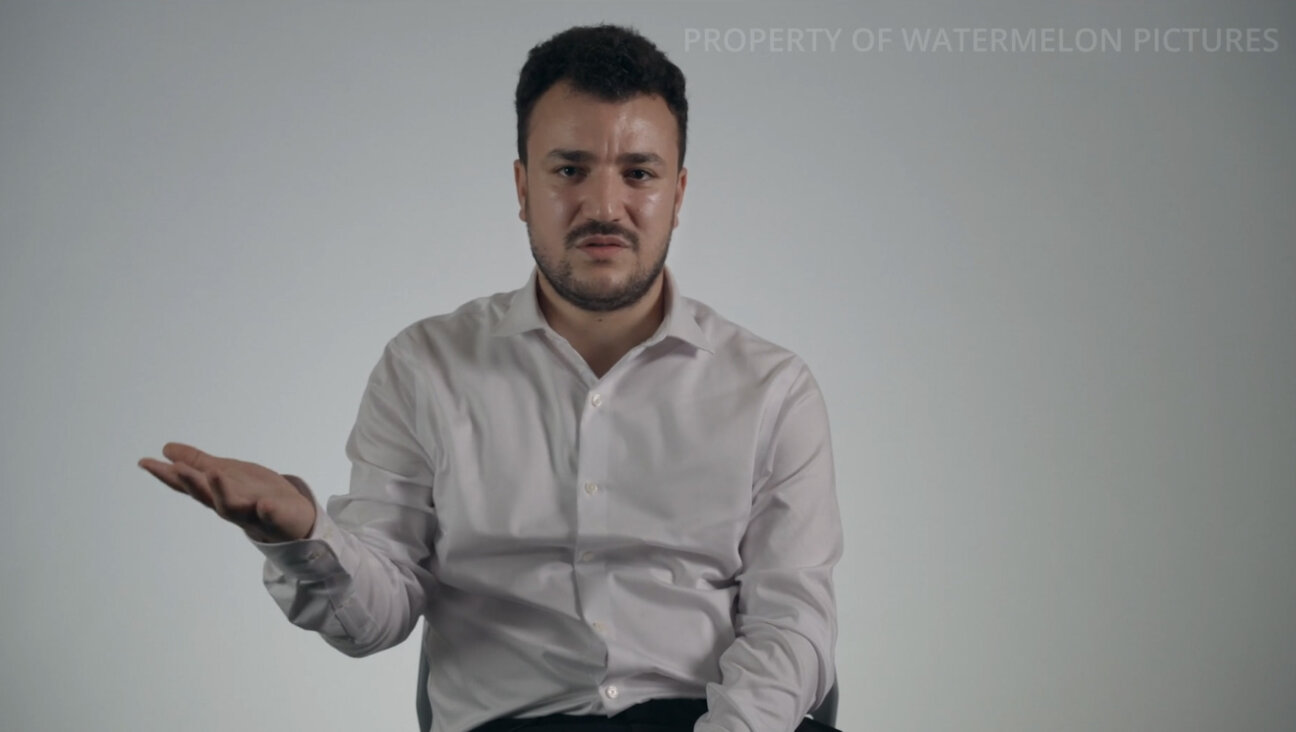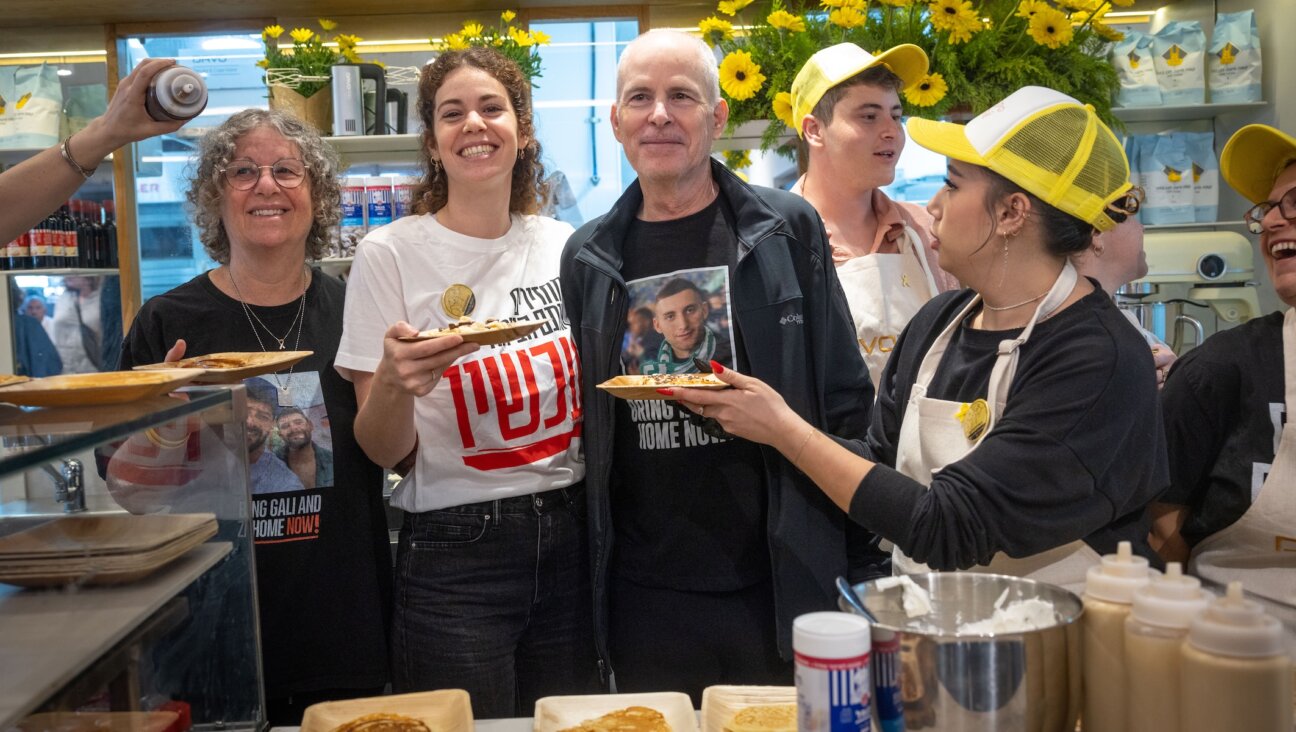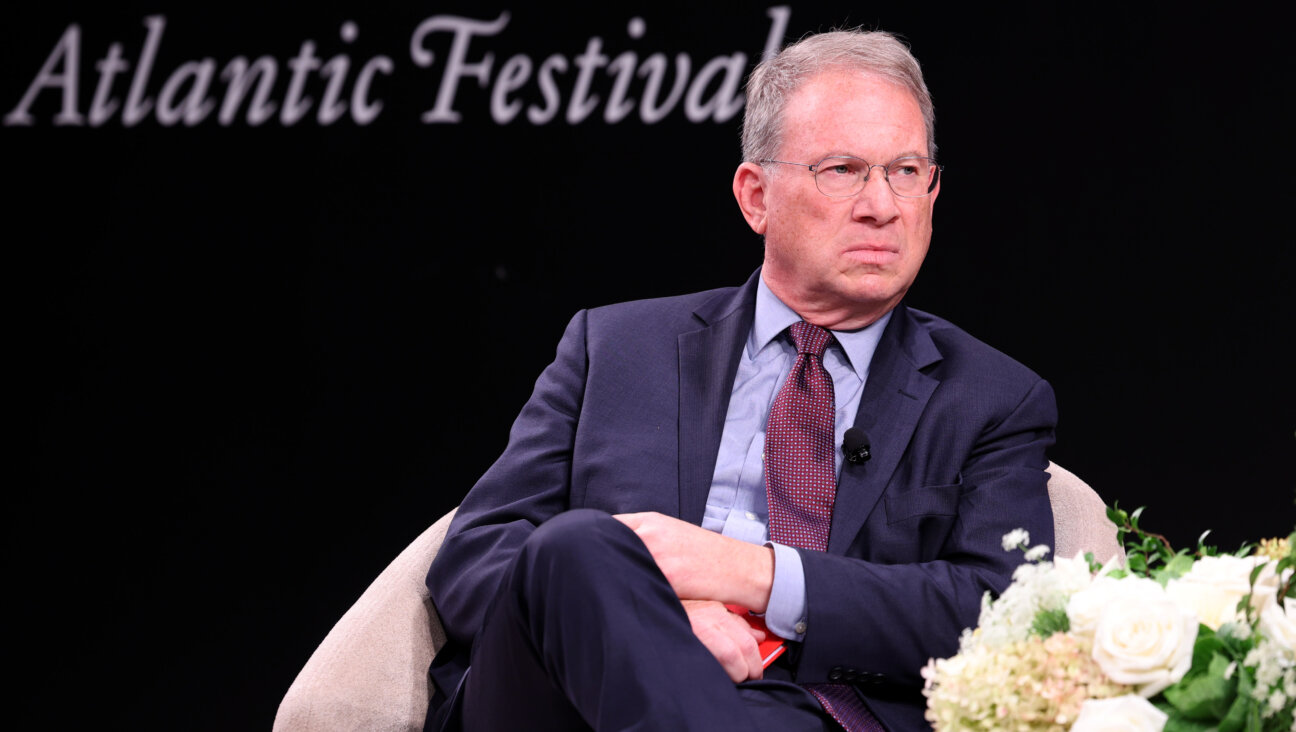Old Labels Feel Stiff for ‘Flexidox’
When I was growing up, in the Conservative movement, Jews were defined by the synagogues they attended, and the movements to which they belonged. We were all Jews, to be sure, but that bond was less strong than the loyalties of denomination. We were the USY team; they were the NFTY team. (I grew up in central Florida, so there was no Orthodox NSCY team.) We went to Ramah; they went to Eisner. All Israel was family — but some relatives were closer than others.
Now, as studies have shown, all that is changing, at least for younger Jews in metropolitan centers like New York, Boston, and Washington. The fastest-growing synagogues are independent; the fastest-growing movement identifier is “unaffiliated.” And for Jews like me, the labels don’t fit anymore. What do you call a Jew who thinks the Torah was written by people, but who keeps strictly kosher and doesn’t use electricity on Shabbat? What do you call a Jew who prays at an Orthodox synagogue, but supports equal synagogue roles for women and the ordination of gay rabbis?
Some of these Jews say: Call us flexidox. What does that mean?
“Orthodox in spirit and flexible in practice,” says one self-identified flexidox Jew.
“More concerned for the spirit than the letter of the law,” offers another.
“Culturally Orthodox,” according to a third.
By those definitions, there have been millions of flexidox Jews over the centuries. But there is more to the story than that — there’s something new, and interesting, going on here. Flexidoxy is a kind of anti-label, a postmodern category that simultaneously mirrors and subverts the usual structures of Jewish ideology. It is both very old and very new, questioning the denominational structure of mainstream Judaism.
The first known use of the word “flexidoxy” was in 2003 by Rabbi Gershon Winkler, who called it a corrective to Orthodoxy, “reflecting its original intent and spirit as opposed to its otherwise superficial extremities.” For Winkler, whose own journey from ultra-Orthodoxy to flexidoxy was described in his memoir “Travels with the Evil Inclination” (North Atlantic Books, 2004), flexidoxy is the belief “that you can do Jewish right by following the forms of Judaism” as traditionally understood, or by following different forms, such as “the fledgling version of it offered by those Hebrews who preceded Moses.”
As is often the case with neologisms, however, the term eventually came to mean something different — and less radical. Esther Kustanowitz, a columnist who writes frequently on the Jewish community, says that “a lot of flexidox Jews are people who would otherwise be called Conservadox, but they don’t like the ‘Conserva’ part since it’s an ideology that they may find distasteful.”
The flexidox Jews I spoke to agreed. Yocheved Amrami, for example, grew up within the Chabad-Lubavitch world but now says “flexidoxy feels appropriate to where I am in my yiddishkeit.” She demurred from the “Conservadox” label. “I am Orthodox and feel deeply committed to tradition and remaining in a relationship with it,” she said, “but I don’t want its laws and rules to dictate my life.”
This is where flexidoxy becomes more interesting. How could you possibly have Orthodoxy without all the laws and rules? And what’s the difference between that and, say, Conservative Judaism?
For Amrami, the difference is in ideology — or the lack thereof.
“Conservative Jews spend most of their time rationalizing why they are right, or why the law has been read wrong. I’m more interested in valuing my tradition, and my Orthodox upbringing, moving it forward and making it work for me. It’s Orthodoxy without the guilt.”
This is why I find the term appealing myself. Unlike Amrami, I did not come from an Orthodox background. But I became disenchanted with the Conservative movement as soon as I started getting interested in Judaism. When, as a teenager, I sought a community of Conservative, commandment-keeping Jews, I found it just didn’t exist, at least not where I grew up. Conservative Judaism felt like a salad bar, all about picking and choosing — and most just chose to leave.
So I left too, taking on Orthodox halachic practice in my 20s. I liked that it worked as a system, and that it was “trans-subjective” — that it contained my preferences, rather than catered to them, hearkening back to an imperative that transcended humanity. Most of all, it was coherent, and it worked. The people at synagogue cared more, and the people at my Shabbat dinner table sang more. They even knew the words by heart.
But I never bought into Orthodox ideology, or how I had to either pretend that biblical criticism, astronomy and evolution didn’t exist, or somehow “interpret” the Torah in order to make room for them. And gradually, I came to see that Orthodox values weren’t “trans-subjective” — they were just the results of other people’s subjectivity. And those people had no understanding of my life, my spirituality or my sexuality, and didn’t want to gain any.
At the same time, the Conservative movement, with its countless social structures, rationalizations, and, at times, equally obtuse ideologies, didn’t feel like home either. I have more in common with meditating Reform Jews, spiritual Hasidim and committed Reconstructionists than with mainline, rattle-your-jewelry-on-Rosh-Hashanah Conservative and Orthodox Jews. Where do Jews like me fit into the spectrum of movements and denominations?
Flexidoxy is a rejection of the spectrum itself. If we imagine the continuum of Jewish denominations as a horizontal line from left to right, then flexidoxy falls not on a particular place on the line, but on a different vertical plane entirely, where the importance of ideology itself is questioned. Yosef Goldman, whose religious journey has taken him from Modern Orthodoxy to “centrist, rigorous Orthodoxy” to the liberal Orthodox rabbinical program at Yeshivat Chovevei Torah, and finally to a self-admitted flexidox practice, argues that flexidoxy is a “postmodern label” that is intentionally self-contradictory. “On the one hand, it says I’m sort of Orthodox but flexible, but on the other it says that my beliefs are flexible — which is healthy but it does question whether there is Truth with a capital T, which is the essence of Orthodox belief.”
In other words, flexidox Jews have practice, but not theory. Flexidoxy is defined by its refusal to defend itself or invent rationales to justify this or that deviation from traditional religious practice. In contrast, say, to the Conservative Jew who says that ancient religious law evolves, or the Reform Jew who says it is irrelevant, the flexidox Jew takes no position on what Jewish law actually is — only on how he or she interacts with it. “What has been so liberating about being in this flexidox place is the intimacy of the relationship,” Amrami says. “There are no set rules, no survival guide of how-to or how-not-to — it’s about being in relationship to my own spirit, my own relationship to God and our world.”
Of course, it’s hard to imagine such an anti-ideology turning into an organized movement like the major denominations of Judaism. But, Kustanowitz says, “it is definitely growing — at least in New York. I think most people in New York feel the need to qualify themselves, to say ‘there’s more to me than this label.’” Flexidox Jews can be found at a wide range of independent minyanim, which, like flexidoxy itself, generally shun traditional labels and affiliations. Or they may daven Orthodox one day, Conservative the next.
Naturally, flexidoxy and its adherents have come under fire from more traditional quarters. On a recent conversation on a prominent Jewish blog, one writer accused flexidox Jews of simply wanting “the benefits of an Orthodox lifestyle and the Orthodox community, without any of the burdens of not being able to do you want, when you want to.” Another said the term applied to “Jews on the Upper West Side who fool around, go to non-denominational shuls like KOE [Kehilat Orach Eliezer] but call themselves Orthodox.” Still another called flexidox Jews “fakers.”
Goldman, like Winkler, said that flexidoxy is actually a much-needed corrective: “Once an orthodoxy is formed, rigidity is built into the system. Anyone who knows history knows that Jewish Orthodoxy is under 200 years old, and is in some ways a radical movement that is defined in opposition to the Reform. It embraces rigidity and is almost ossified by definition.” Goldman says that as a student, the clarity of Orthodoxy appealed to him (“the concept of hypocrisy was big for me”), but after a “feminist crisis” in his 20s, “the paradigms of Orthodoxy as I was interacting with it were not working anymore.” At the same time, he didn’t want another Orthodoxy, another movement. “The idea of labeling and adhering to labels just doesn’t appeal to me,” he said.
So, do I qualify as flexidox? Like Goldman, who stressed that “where I’m at is not an ideal,” I don’t defend my practice or try to make it fit an ideology — two key indicators of flexidoxy. I understand that I’m on a slippery slope, but I’ve found a home there. And the “salad bar” of religious observance that I’d much derided when I was younger — I’ve found it’s not so bad, as long as the values guiding me weren’t mere preferences but were instead grounded in sincere intention and introspection.
Sincerity really is the key. Kustanowitz jokingly defined flexidoxy as “shomer shabbes except for during the Final Four.” But the distinction between flexidoxy and laziness is sincerity. Jews have been finding ways to watch basketball on yom tov for a long, long time. There’s nothing new there. But if flexidox Jews are for real, if they are, in Amrami’s words, “honestly seeking our own unique relationship to God, spirituality and our roots,” and if they are doing so in a way that does not fit the denominational structure that Ashkenazic Jewry has propounded over the last two centuries, then there might be something new — even important.
Jay Michaelson teaches Zohar at the JCC of Manhattan. His book “God in Your Body: Kabbalah, Mindfulness, and Embodied Spiritual Practice” is being published this month.
The Forward is free to read, but it isn’t free to produce

I hope you appreciated this article. Before you go, I’d like to ask you to please support the Forward.
At a time when other newsrooms are closing or cutting back, the Forward has removed its paywall and invested additional resources to report on the ground from Israel and around the U.S. on the impact of the war, rising antisemitism and polarized discourse.
Readers like you make it all possible. We’ve started our Passover Fundraising Drive, and we need 1,800 readers like you to step up to support the Forward by April 21. Members of the Forward board are even matching the first 1,000 gifts, up to $70,000.
This is a great time to support independent Jewish journalism, because every dollar goes twice as far.
— Rachel Fishman Feddersen, Publisher and CEO
2X match on all Passover gifts!
Most Popular
- 1

Film & TV What Gal Gadot has said about the Israeli-Palestinian conflict
- 2

News A Jewish Republican and Muslim Democrat are suddenly in a tight race for a special seat in Congress
- 3

Fast Forward The NCAA men’s Final Four has 3 Jewish coaches
- 4

Culture How two Jewish names — Kohen and Mira — are dividing red and blue states
In Case You Missed It
-
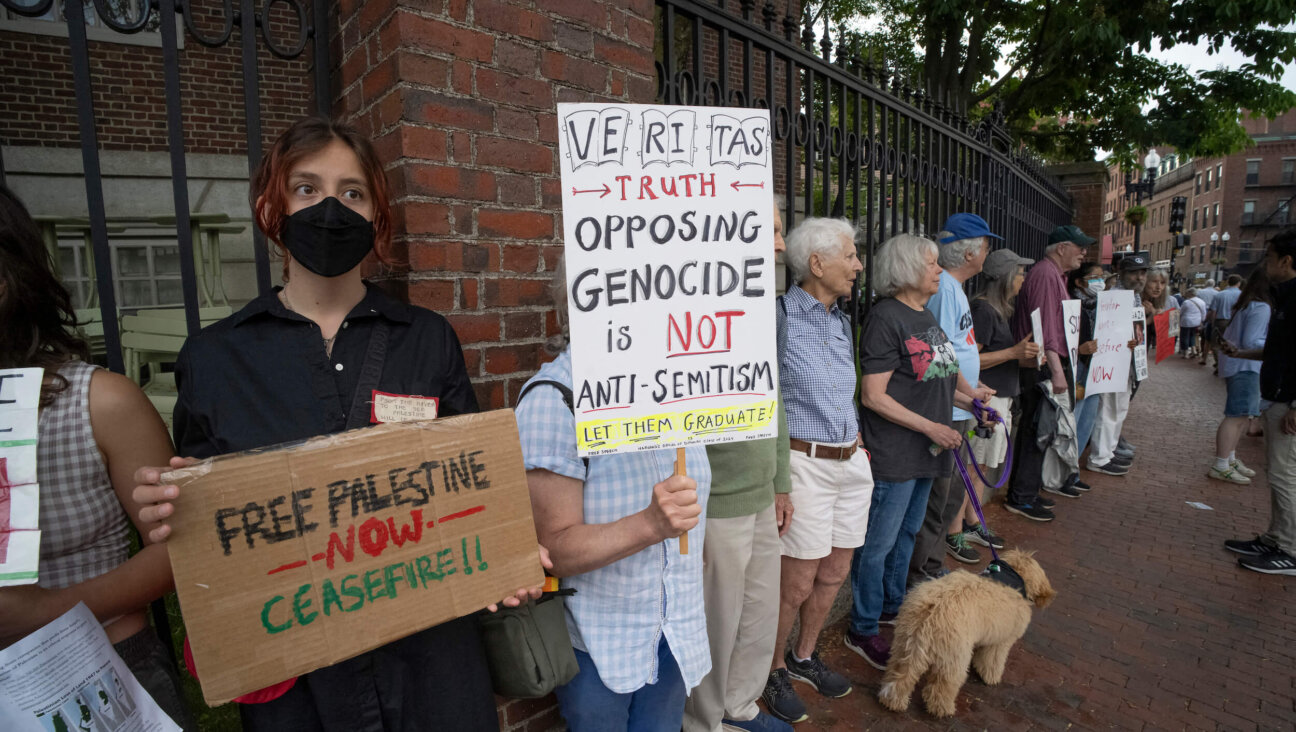
Opinion In Trump’s war against campus antisemitism, hate the tactics but don’t ignore the problem
-
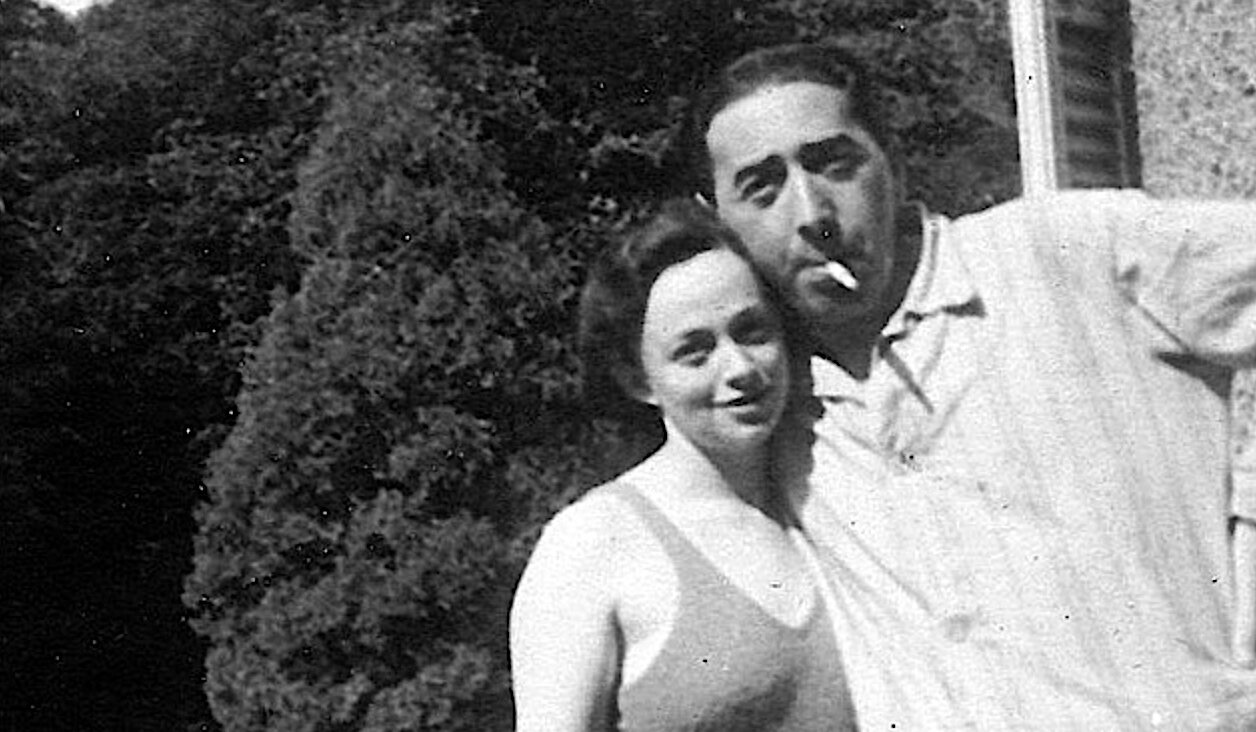
Yiddish כ׳בענק נאָך די וועלטלעכע ייִדן וואָס האָבן אָפּגעריכט אַ טראַדיציאָנעלן סדר Longing for those secular Jews who led a traditional seder
מײַן פֿעטער יונה האָט נישט געהיט שבת און כּשרות אָבער בײַם אָפּריכטן דעם סדר האָט ער געקלונגען ווי אַ פֿרומער ייִד
-

Fast Forward Rabbi who left Harvard calls Trump threat ‘reasonable’ — but warns of looming consequences
-
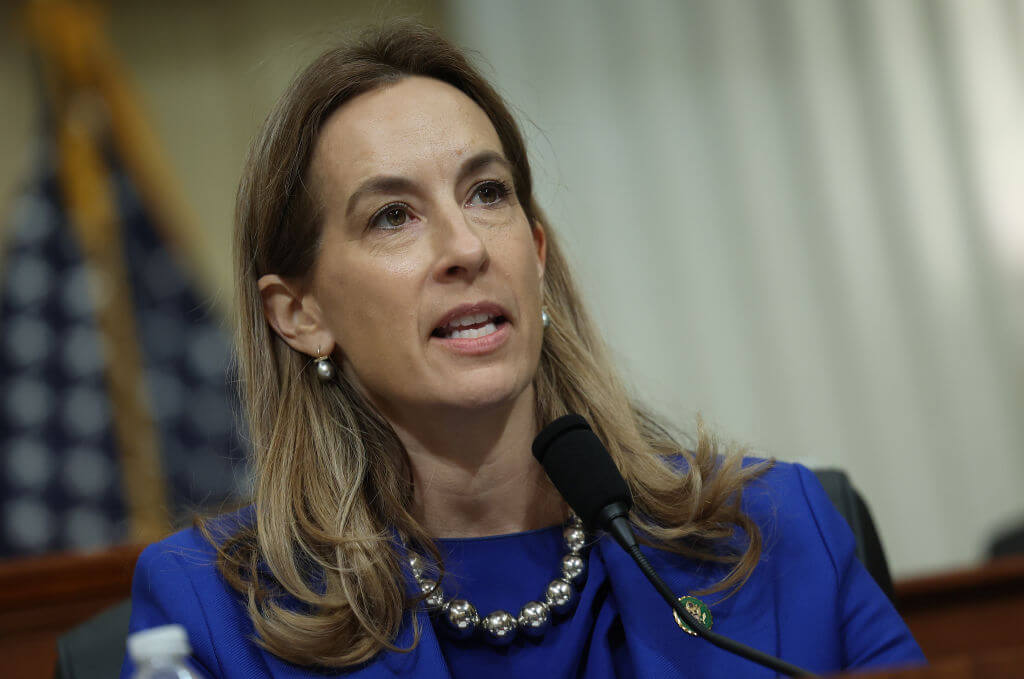
Fast Forward Secretive GOP firm distorts Democratic candidate’s views on Israel in NJ governor race
-
Shop the Forward Store
100% of profits support our journalism
Republish This Story
Please read before republishing
We’re happy to make this story available to republish for free, unless it originated with JTA, Haaretz or another publication (as indicated on the article) and as long as you follow our guidelines.
You must comply with the following:
- Credit the Forward
- Retain our pixel
- Preserve our canonical link in Google search
- Add a noindex tag in Google search
See our full guidelines for more information, and this guide for detail about canonical URLs.
To republish, copy the HTML by clicking on the yellow button to the right; it includes our tracking pixel, all paragraph styles and hyperlinks, the author byline and credit to the Forward. It does not include images; to avoid copyright violations, you must add them manually, following our guidelines. Please email us at [email protected], subject line “republish,” with any questions or to let us know what stories you’re picking up.








